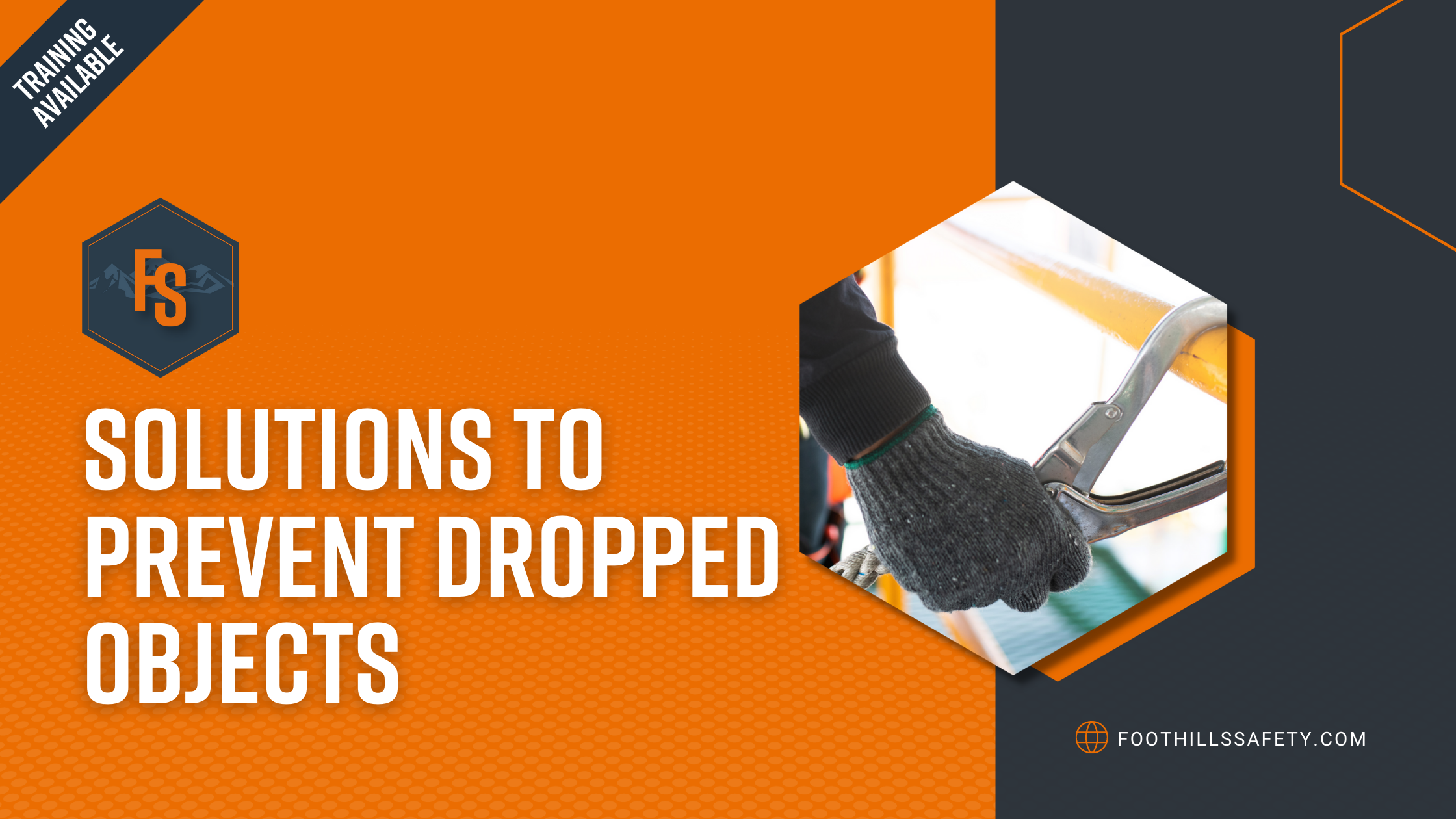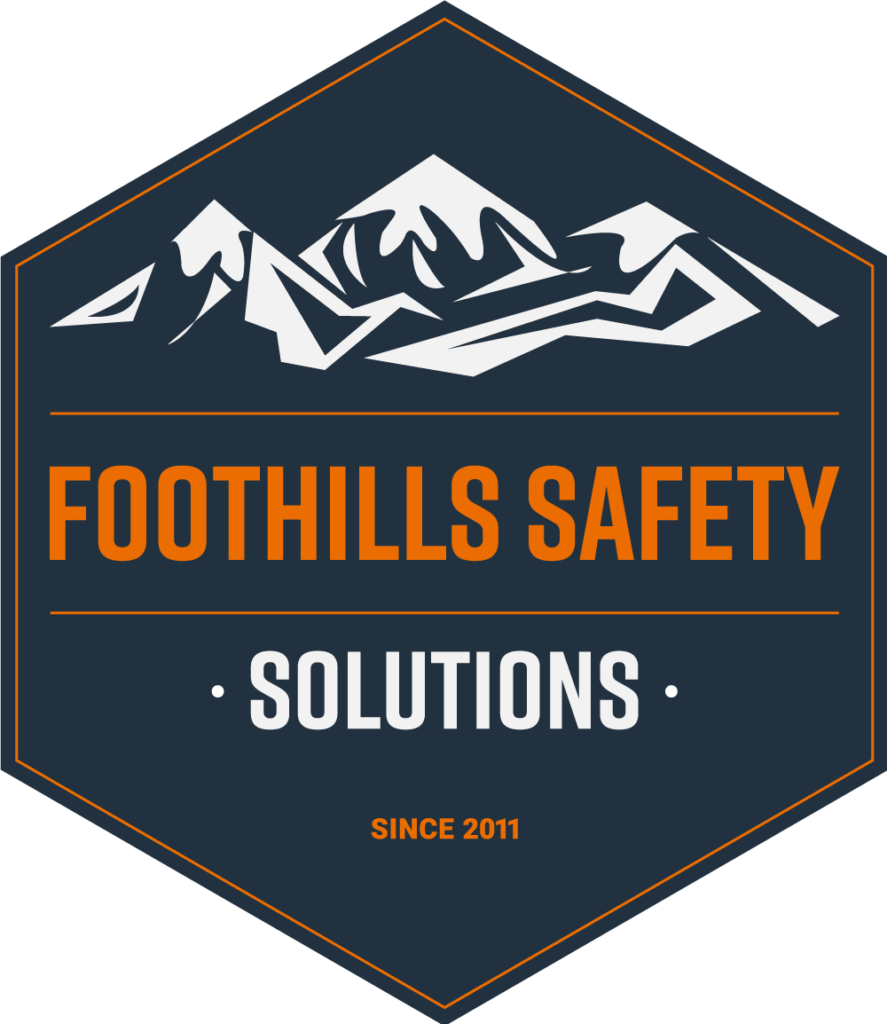Solutions to Prevent Dropped Objects
Any time people work at height, dropped objects are possible and pose a real danger to other workers or bystanders on the ground. Even small, seemingly innocent tools and materials are hazardous when dropped from above. Annually, over 26,000 dropped object incidents are reported in Canada. In the United States over 50,000 workers were injured and 81 died from contact with flying or falling objects or equipment in 2016.
In this blog we examine some solutions to prevent dropped objects causing serious injury or death.
2 types of falling objects
01. Static Dropped Objects
Any object that falls from its previous position under it own weight (gravity) without any applied force is a static dropped object. For example: failure caused by corrosion or vibration.
02. Dynamic Dropped Object
Ay object that falls from its previous position due to an applied force is a dynamic dropped object. For example: collisions involving moving equipment or loads, snagging on machinery or stacked items, dislodged tools or equipment.
Certificate of Completion
So why worry about dropped objects prevention? Well, the cost of dropped objects can be divided into 3 main categories.
01.Lives
Most importantly is the potential loss of life. Even with recoverable injuries, it is traumatic for the persons and families involved – it can lead to loss of income and ongoing medical expenses. Not only that, if you are working in public areas, it is not just your workforce at risk, but anyone passing nearby.
02. Time
Dropping tools and equipment has a huge negative impact on productivity. Often tools fall long distances, requiring considerable time to retrieve. If they fall into water, machinery or other ‘non-retrievable’ locations, it can delay or even prevent the task being completed on schedule.
03. Money
Dropping and losing tools costs money in terms of damage and replacement. Another important consideration is that, even in the event of a dropped object incident, there can be lengthy legal implications and expensive bills to pay. If members of the public are involved, it can compound the problem and lead to other intangible costs, like brand and reputational damage.
We only need to look at a drops metric calculator to understand the potential risks involved from dropped objects and to see the importance of implementing presentative measures.

Causes of dropped Objects
Some are obvious, others not so much, but can be broken into two categories. Those brought on by the elements, and those generated by workers or equipment.
Elements include:
- Environmental (wind, rain, snow, sea motion)
- Corrosion or other deterioration
- Vibration
- Body effects (sweaty or numb hands, fatigue)
Worker or equipment generated:
- Tripping or colliding
- Poor housekeeping
- Not following procedures
- Miscalculations and poor design
- Missed or inadequate inspections
- Homemade tools and equipment
You have seen the risks and the damage that can be done. So how do we stop the drops?
Let us look at some objects at heights solutions that can be implemented through the lens of the hierarchy of controls. The hierarchy of controls is a sequence of controls safety professionals should go through when implementing solutions for a particular risk.
Safety equipment most commonly fall into the following categories.
Personal Protective Equipment PPE
PPE measures like hard hats and safety glasses are always the last line of defense (the first, most effective is eliminating the risk all together). Though important to an overall strategy for Objects at Heights safety, we should not stop at just mere protection.
Administrative Controls
Administrative Controls look to change the behavior of the worker through training https://foothillssafety.com/dropped-object-prevention/ , awareness or implementing policies and procedures.
Awareness and communication
These may include simple alerts such as Signs, stickers, barricade tape and following policies and procedures. Effort should be undertaken to identify ‘red areas’ or ‘drop zones’ prior to commencing work.
Engineering Controls
Objects at Heights engineering controls look to PREVENT an object hazard. It prevents a drop from occurring or prevents loose items from becoming a trip hazard. PREVENTION is the key word compared to protection (such as hard hats).
2 types of engineering conrols
Passive controls: Toe boards, netting, barricading
Passive controls do not require active participation from the worker. These solutions, like netting, are stationary solutions that prevent an object from becoming a hazard or catch an object as it falls.
Active controls: Tool connectors, lanyards, and topped containers
Active controls, like tool lanyards, are different. They are interacted with during the workday by the worker and move with them during the project.
In dropped object prevention, the “3 T’s” are used to categorize the active engineering controls one can easily implement to prevent falling objects on the job. Let us take a closer look:
trapping
The creation of connection points on tools that do not already have them designed into the tools. Be cautious, just because something looks like it has a connection point, it does not mean it’s engineered to be one.
tethering
Prevents the object itself from falling, or at least falling very far, by securing the tool or object to a worker or other anchor point.
topping
Describes having a closure on all containers, whether it is a bucket, box, or bag to prevent the contents from spilling out if tipped over.
Ongoing training is a major preventative measure that can be incorporated by organizations to prevent further dropped object incidents. No matter how many preventative measures are implemented, all workers at height must be properly trained and aware of the risks involved.
At Foothills Safety Solutions, we provide relevant safety training aimed at making sure all workers are prepared. Students will learn what a dropped object is and how and when they might occur. You will learn how to calculate the consequences of an object dropping from height and discuss the many controls and prevention measures that can be implemented.


